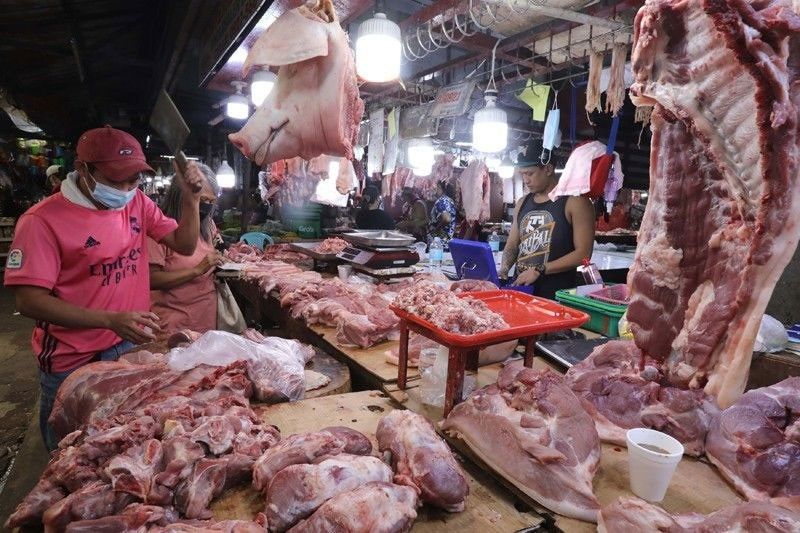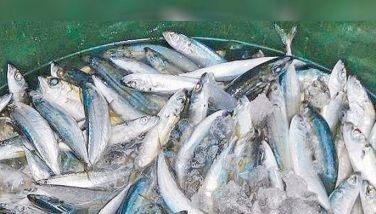Pork inventory remains high due to imports

MANILA, Philippines — The country’s inventory of frozen pork slightly declined in the last week of November, but remained more than double than the previous year’s level driven by pork imports, data from the National Meat Inspection Service (NMIS) showed.
Latest NMIS figures showed that the inventory of frozen pork in accredited cold storages was at 75,024.9 metric tons as of Nov. 29, slightly lower than the 76,953.3 MT the week before.
The figure, however, is 106 percent higher than the 36,375.7 MT of frozen pork in the same period last year.
Imported frozen pork accounted for the bulk of the inventory at 73,418.39 MT.
In contrast, local frozen pork only had a share of 1,606.52 MT in the inventory.
The National Capital Region had the largest share of frozen imported pork at 26,726.38 MT, followed by Calabarzon with 20,189.29 MT.
The region also accounted for the largest share of local pork in the frozen pork inventory at 661.27 MT.
Central Luzon also had a sizable share of the frozen imported pork at 18,346.95 MT.
Latest data from the Bureau of Animal Industry (BAI) showed that pork imports reached 483,422 MT from January to October this year, 135 percent higher than the 205,535 MT in the previous year.
The figure is also 89 percent higher than the 256,017 MT tons of pork imported for the whole 2020.
As part of the government’s effort to bring down prices and stabilize the supply of pork in the country, President Duterte issued Executive Order 133, which increased the minimum access volume (MAV) for pork meat to 254,210 MT for 2021.
Duterte also signed EO 134, which provides that in-quota pork imports or those under the MAV are imposed a 10 percent tariff for three months and increases to 15 percent in the remaining months, lower than the original rate of 30 percent.
Out quota pork imports are slapped with a 20 percent tariff for the first three months, which will be raised to 25 percent in the remaining months, lower than the original tariff of 40 percent.
Agriculture Secretary William Dar earlier said the Department of Agriculture would ensure that pork supply imported into the country should be sold in markets instead of being stored in warehouses to ensure the availability of pork as the Christmas season approaches.
“We will see to it that the supply, both local and imported, must be there and available,” Dar said.
Dar added that his department would continue to monitor pork prices, saying that the implementation of a suggested retail price for pork is also being studied in the event pork prices continue to rise.
Market monitors from the DA showed that the prevailing retail price of pork ham or kasim stood at P330 per kilo in Metro Manila markets on Dec. 3, higher than prices in the previous month.
Comparative data from the DA showed that the prevailing price of kasim stood at P320 a kilo on Nov. 3 while pork belly or liempo was at P360 a kilo on Wednesday, slightly higher than the P350 per kilo price a month ago.
- Latest
- Trending




























